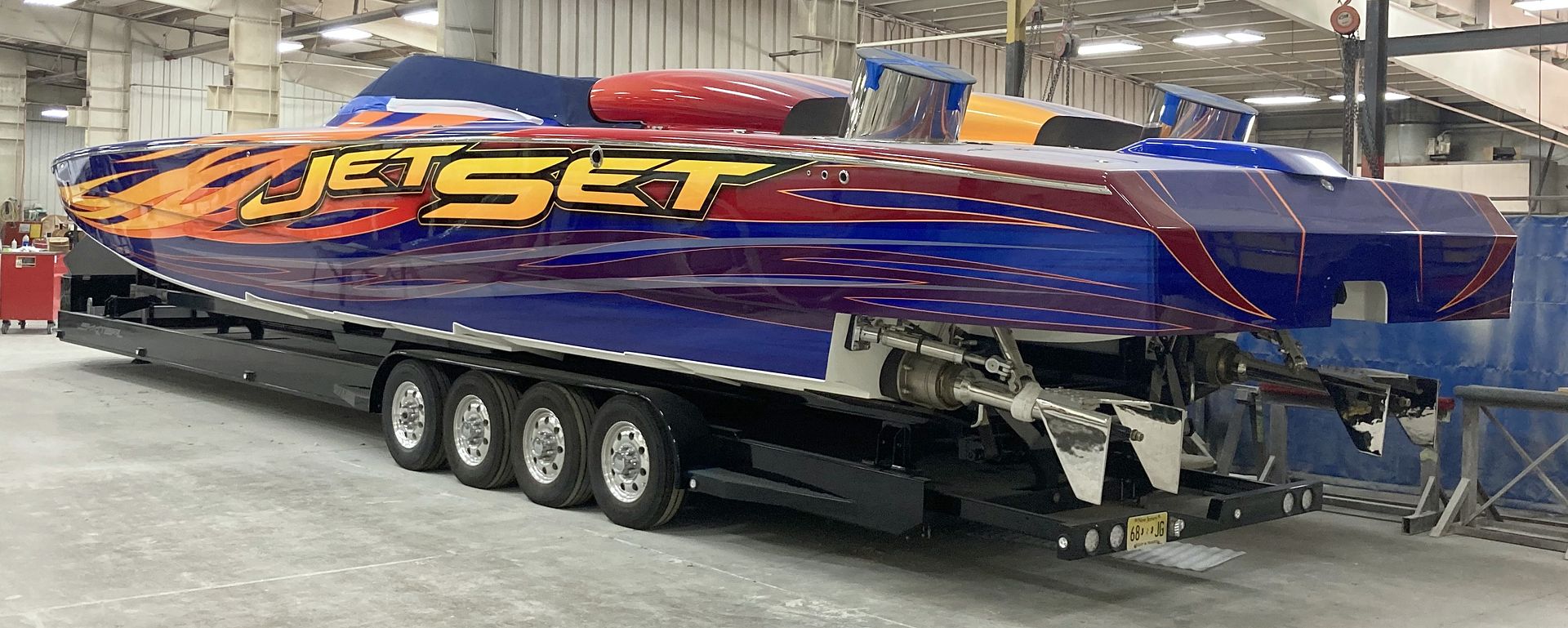So what is the difference between the type of fuel run in an airplane and the type of fuel run in a turbine cat? Aren't the turbines pretty similar? Does a plane run "jet" fuel while a turbine cat runs diesel fuel or regular gasoline?
Sort of confused about this whole thing...
Refining is the difference.
This taken from how things work.
The oil refining process starts with a fractional distillation column.
Different hydrocarbon chain lengths all have progressively higher boiling points, so they can all be separated by distillation. This is what happens in an oil refinery - in one part of the process, crude oil is heated and the different chains are pulled out by their vaporization temperatures. Each different chain length has a different property that makes it useful in a different way.
**Petroleum gas - used for heating, cooking, making plastics
small alkanes (1 to 4 carbon atoms)
commonly known by the names methane, ethane, propane, butane
boiling range = less than 104 degrees Fahrenheit / 40 degrees Celsius
often liquified under pressure to create LPG (liquified petroleum gas)
**Naphtha or Ligroin - intermediate that will be further processed to make gasoline
mix of 5 to 9 carbon atom alkanes
boiling range = 140 to 212 degrees Fahrenheit / 60 to 100 degrees Celsius
**Gasoline - motor fuel
liquid
mix of alkanes and cycloalkanes (5 to 12 carbon atoms)
boiling range = 104 to 401 degrees Fahrenheit / 40 to 205 degrees Celsius
**Kerosene - fuel for jet engines and tractors; starting material for making other products
liquid
mix of alkanes (10 to 18 carbons) and aromatics
boiling range = 350 to 617 degrees Fahrenheit / 175 to 325 degrees Celsius
**Gas oil or Diesel distillate - used for diesel fuel and heating oil; starting material for making other products
liquid
alkanes containing 12 or more carbon atoms
boiling range = 482 to 662 degrees Fahrenheit / 250 to 350 degrees Celsius
**Lubricating oil - used for motor oil, grease, other lubricants
liquid
long chain (20 to 50 carbon atoms) alkanes, cycloalkanes, aromatics
boiling range = 572 to 700 degrees Fahrenheit / 300 to 370 degrees Celsius
**Heavy gas or Fuel oil - used for industrial fuel; starting material for making other products
liquid
long chain (20 to 70 carbon atoms) alkanes, cycloalkanes, aromatics
boiling range = 700 to 1112 degrees Fahrenheit / 370 to 600 degrees Celsius
**Residuals - coke, asphalt, tar, waxes; starting material for making other products
solid
multiple-ringed compounds with 70 or more carbon atoms
boiling range = greater than 1112 degrees Fahrenheit / 600 degrees Celsius
